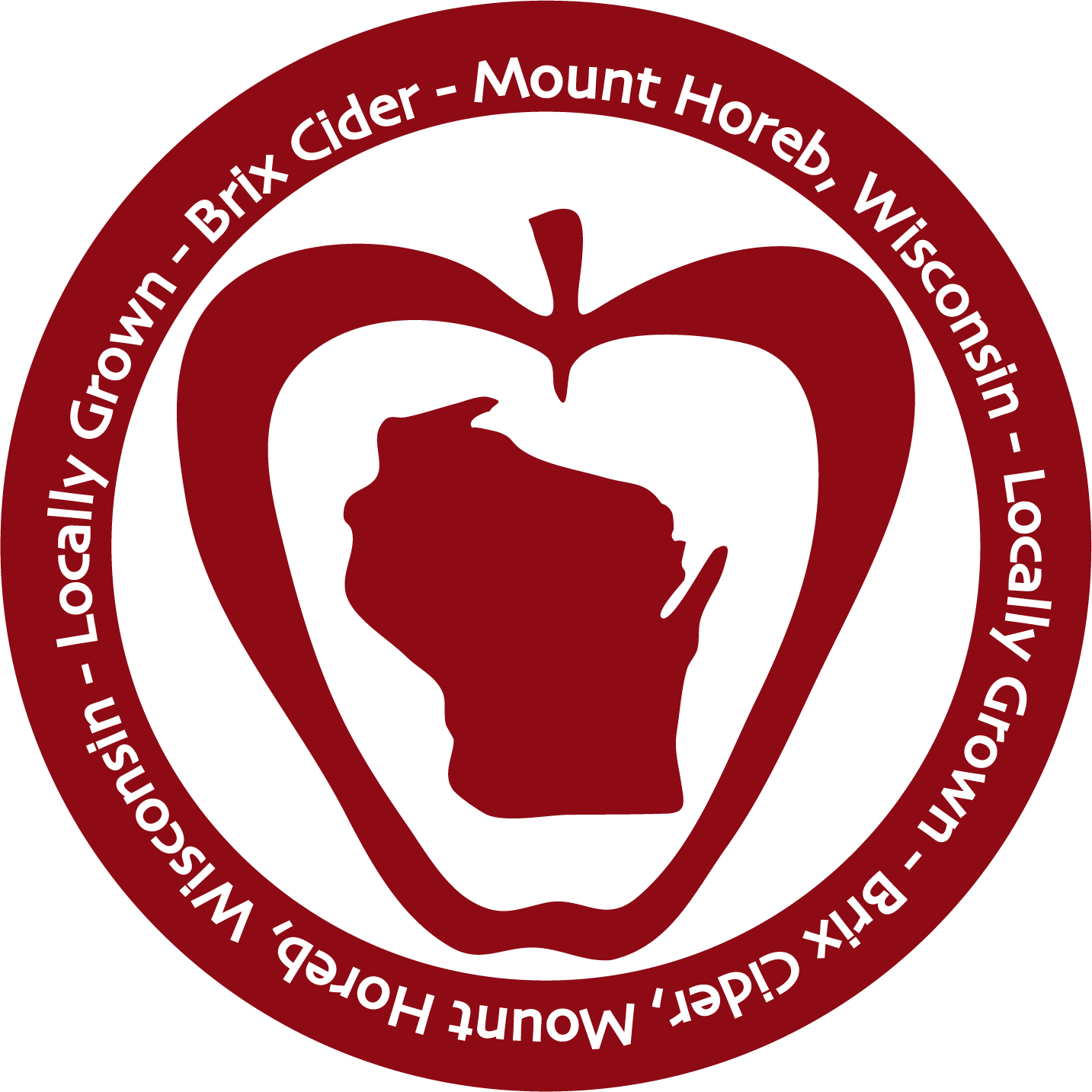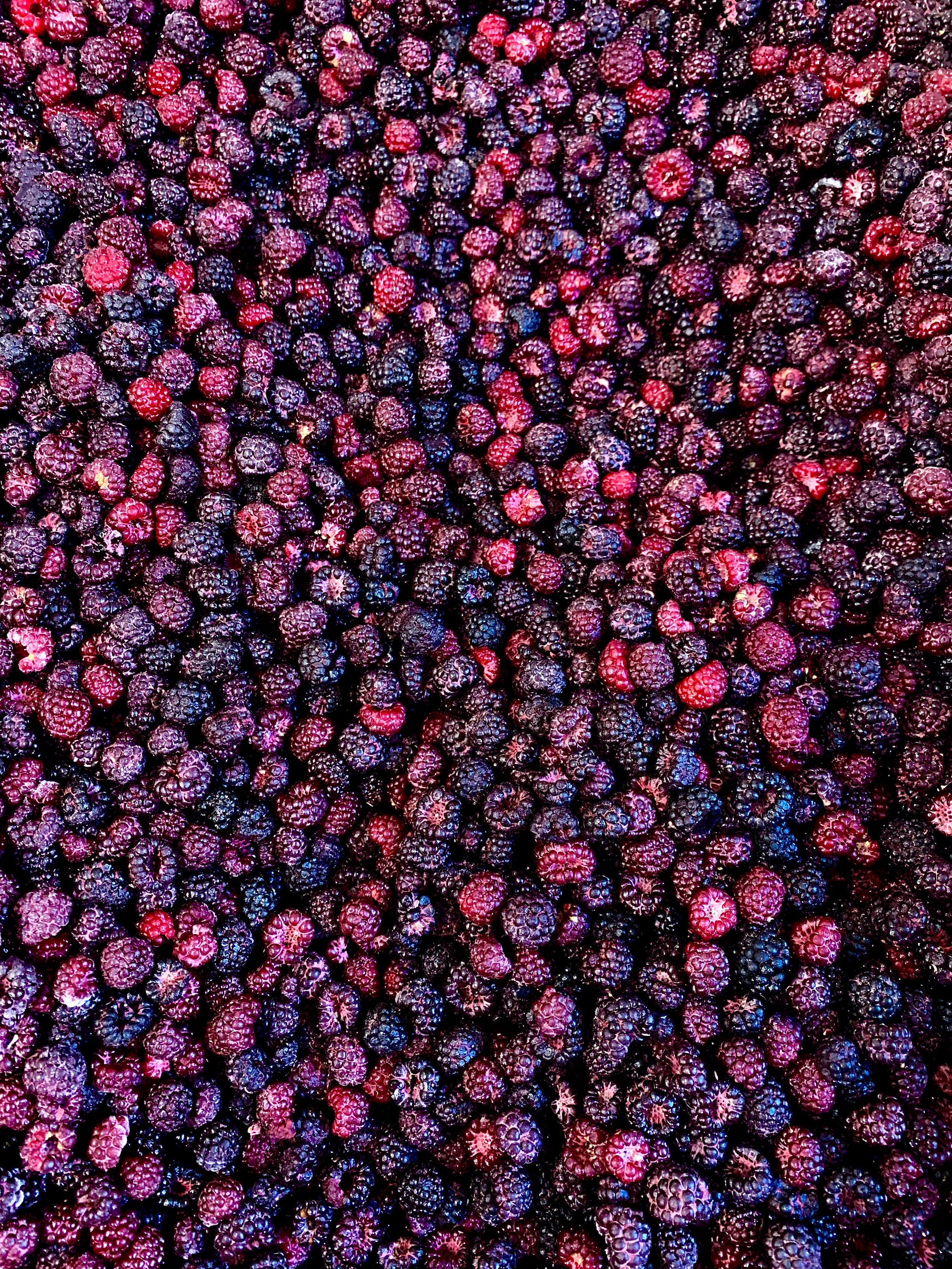Uncommon Crop Cider - Blackcap
About
Wild black raspberries or “blackcaps” (Rubus occidentalis) are ubiquitous in the hills, valleys, and forest edges around Southwestern Wisconsin. Nearly every farm has them. They grown along bike paths and in ditches, and they are typically ripe in late June through early July. They’re a tasty little fruit that’s often used in jams and jellies, and in addition to the wild black raspberries, there are also cultivated varieties that tend to have larger berries that are less seedy. A lot of local growers are reluctant to grow raspberries, especially with concerns about Spotted Wing Drosophilia (a pest that damages the fruit) but with end uses like craft beverage making, there is less need for perfect fruit.
Collecting the Fruit
The fruit for our cider was collected from a couple of farms in Southwest Wisconsin where there were multiple, large patches of black raspberries. It took one person approximately 3 full days of work to pick 45 lbs of the fruit, so the picking is definitely labor intensive! Collecting more significant amounts of wild black raspberries for commercial production would require relationships with several farms and a crew of pickers.
Above: Blackcaps that went into our cider
Making the Cider
We first froze the blackcaps. The intention with freezing was to break down the cell walls so that juice could be more easily extracted. After thawing, we mashed up and squished the berries by hand, we then put all the skins and seeds in a fine meshed nylon bag and steeped it in the cider. We also poured all the blackcap juice into the cider. We did all of this while the cider was fermenting. We extracted the bag after two weeks in the fermenter, and we let the cider finish dry.
Tasting the Cider
The cider had a lovely color, and it was undeniably “jammy”. Overall it was a popular cider that sold well. In our consumer survey it scored a 7.67 out of 10, making it one of the higher rated ciders. The tasting panel also used the following descriptors:
Above: Word cloud of tasting panel descriptions of the blackcap cider
A couple of members of the tasting panel also noted overall that they thought a larger addition of the blackcaps to the cider would have made it even better, bringing out more of the blackcap’s qualities and giving the cider a fuller, richer mouthfeel.
Conclusions
The biggest constraint for greater use of blackcaps in larger batches of cider (or other products) is the challenges of harvesting large quantities. Of course one way around this would be to grow varieties that are more productive and easier to pick than the wild ones. There could also be some cool opportunities for a community harvest, wherein a lot of community members bring in their blackcaps to be part of a larger batch of cider, turning the intense labor into a recreational, community activity.



